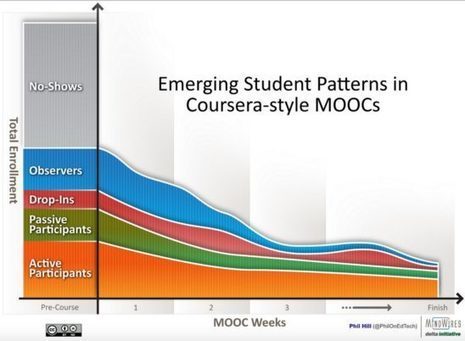Just in case you don’t know what MOOCs are (massive, open online courses), they are usually courses that use video recordings of lectures from top professors from elite universities, such as Stanford, MIT and Harvard, and computer-marked assessments, sometimes combined with unmonitored online student discussions and peer review. MOOCs are made freely available to anyone who wants to sign up. The main platforms for MOOCs are Coursera, edX, Udacity and FutureLearn.
The first MOOCs attracted over 200,000 enrolments per course, although numbers in recent years are more in the 2,500 range. Nevertheless it is estimated that there are more than 34 million participants worldwide registering in MOOCs each year.
Since the first ones launched in 2008, MOOCs have been rapidly evolving.
MOOCs vs online credit courses
Given all the publicity and hype over MOOCs, you could be forgiven for thinking that MOOCs are all you need to know about online learning. However, you would be sadly mistaken.
Online learning existed as a serious part of education at least 15 years before MOOCs arrived on the scene. The following graph shows the increase in online courses for credit up to 2012 in the USA post-secondary education system, before the first MOOCs were launched:
Via Miloš Bajčetić



 Your new post is loading...
Your new post is loading...







